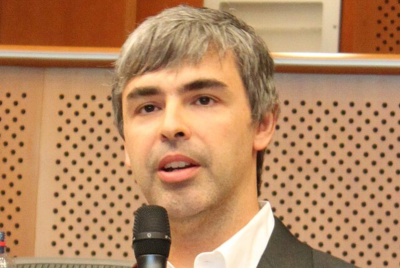Medicare 2026 Premiums: Why Low-Income Dual Enrollees Face the Harshest Squeeze
Medicare 2026 premiums surge 9.7%, offsetting the 2.8% Social Security COLA and squeezing retiree budgets.

The financial gains from the 2026 Social Security cost-of-living adjustment (COLA) will be significantly diminished for millions of retirees following a sharp increase in Medicare Part B premiums confirmed by federal regulators. The Centres for Medicare & Medicaid Services (CMS) announced a 9.7 per cent rise in monthly healthcare costs, a surge that threatens to neutralise the purchasing power protection intended by the 2.8 per cent benefit increase.
Inflationary Adjustments vs Healthcare Costs
While the Social Security Administration's (SSA) annual adjustment is designed to shield beneficiaries from inflation, the net financial outcome is increasingly determined by the trajectory of healthcare expenses. For millions of dual enrollees—those navigating both Social Security and traditional Medicare—the fiscal forecast for 2026 has shifted from optimistic to concerning.
The mechanism designed to protect retirees from inflation is the SSA's COLA. Ideally, if the cost of a basket of goods rises by 2 per cent, benefits should rise in tandem to prevent a loss of buying power.
The final data point needed for next year's calculation, the September inflation report, was released on 24 October. It confirmed that beneficiaries will receive a 2.8 per cent increase in 2026.
While this figure appears modest compared to the inflation-driven spikes of 5.9 per cent, 8.7 per cent, and 3.2 per cent seen between 2022 and 2024, it remains historically robust. A 2.8 per cent rise sits comfortably above the 2.3 per cent average recorded since 2010.
Furthermore, this adjustment cements a significant milestone. When combined with the raises from the previous three years and the 2.5 per cent adjustment this year, the programme has now delivered adjustments of 2.5 per cent or higher for five consecutive years.
This has not occurred since the period spanning 1988 to 1997. However, this streak of above-average income boosts is colliding head-on with a surge in healthcare costs.
Premium Hikes and Net Income
Social Security and Medicare function as the dual pillars of the American retirement safety net. While Part A, which covers inpatient services, remains premium-free for about 99 per cent of enrollees, Part B is a different story.
Covering outpatient services like doctor visits, Part B premiums are typically deducted directly from Social Security cheques. In mid-June, the Medicare Trustees Report estimated a scorching 11.5 per cent jump, potentially pushing premiums to roughly £163 per month.
On 14 November, the Centres for Medicare & Medicaid Services (CMS) finalised the numbers. While the official premium of approximately £160 ($202.90) came in slightly under the trustees' projection, it still represents a substantial 9.7 per cent year-over-year increase. This hike of roughly £14 per month is one of the largest single-year jumps since the programme's inception.
Without extending discounts on health care premiums, a family of four making $140,000 in Senators Marsha Blackburn’s and Bill Hagerty’s state of Tennessee will go from paying $992 in 2025 to $2,802 in 2026. pic.twitter.com/BpvLckBnkl
— Senator Peter Welch (@SenPeterWelch) November 8, 2025
How The Hike In Medicare 2026 Premiums Hits Low-Income Retirees Hardest
For dual enrollees, the interplay between these two programmes defines their disposable income. In 2023, retirees enjoyed a rare financial reprieve when Part B premiums actually fell by roughly 3%, a 'silver lining' attributed to lower-than-expected costs for an Alzheimer's drug.
That reprieve has firmly evaporated. The 9.7 per cent premium spike for 2026 drastically outpaces the 2.8 per cent COLA. For the average retiree receiving a COLA increase of about £44 per month, the £14 premium hike immediately reclaims a substantial chunk of that new money.
For lifetime low-earners, the arithmetic is even more punishing. The premium increase may fully offset their cost-of-living adjustment, leaving them with flat or even reduced buying power in a year where prices for food, rent, and utilities remain elevated.
Rising Medical Inflation And The Factors Driving Medicare 2026 Premiums
The nearly double-digit percentage increase reflects broader systemic pressures. Analysts note that the forces pushing Medicare costs upward mirror those rattling the private insurance market: rising pharmaceutical spending, increased utilisation of outpatient services, and general medical inflation.
Experts such as Rachel Schmidt of Georgetown University's Medicare Policy Initiative highlight that the system is also absorbing a wave of baby boomers, which drives up volume. Additionally, the shift of complex surgeries from hospitals to outpatient settings has contributed to higher Part B spending.
CMS data indicates the increase could have been more severe. The agency revealed that premiums would have risen by an additional £8.70 had the agency not implemented major cost-reducing changes to wound-care products.
Spending on these specific items had ballooned to more than £7.9 billion last year, illustrating the volatility of healthcare expenses that retirees must now shoulder.
© Copyright IBTimes 2025. All rights reserved.





















